GUEST BLOGGER ERIN DEALEY
The inspiration for JUST FLOWERS came from my newly discovered joy of reading the Latin names of flowers aloud.
Our budding botanist Izzy loves them too—unlike the grumpy neighbor.
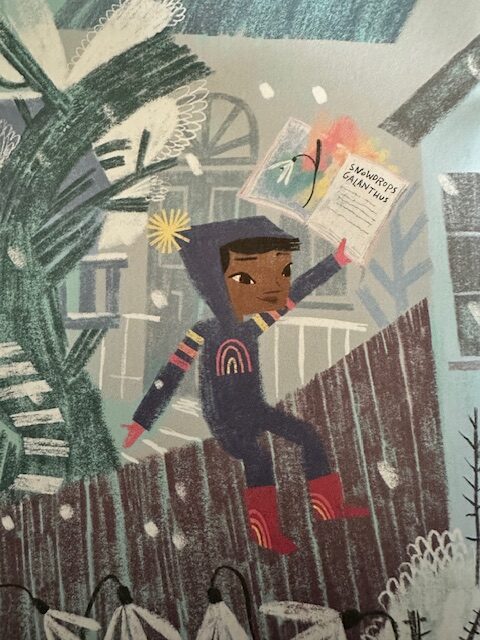
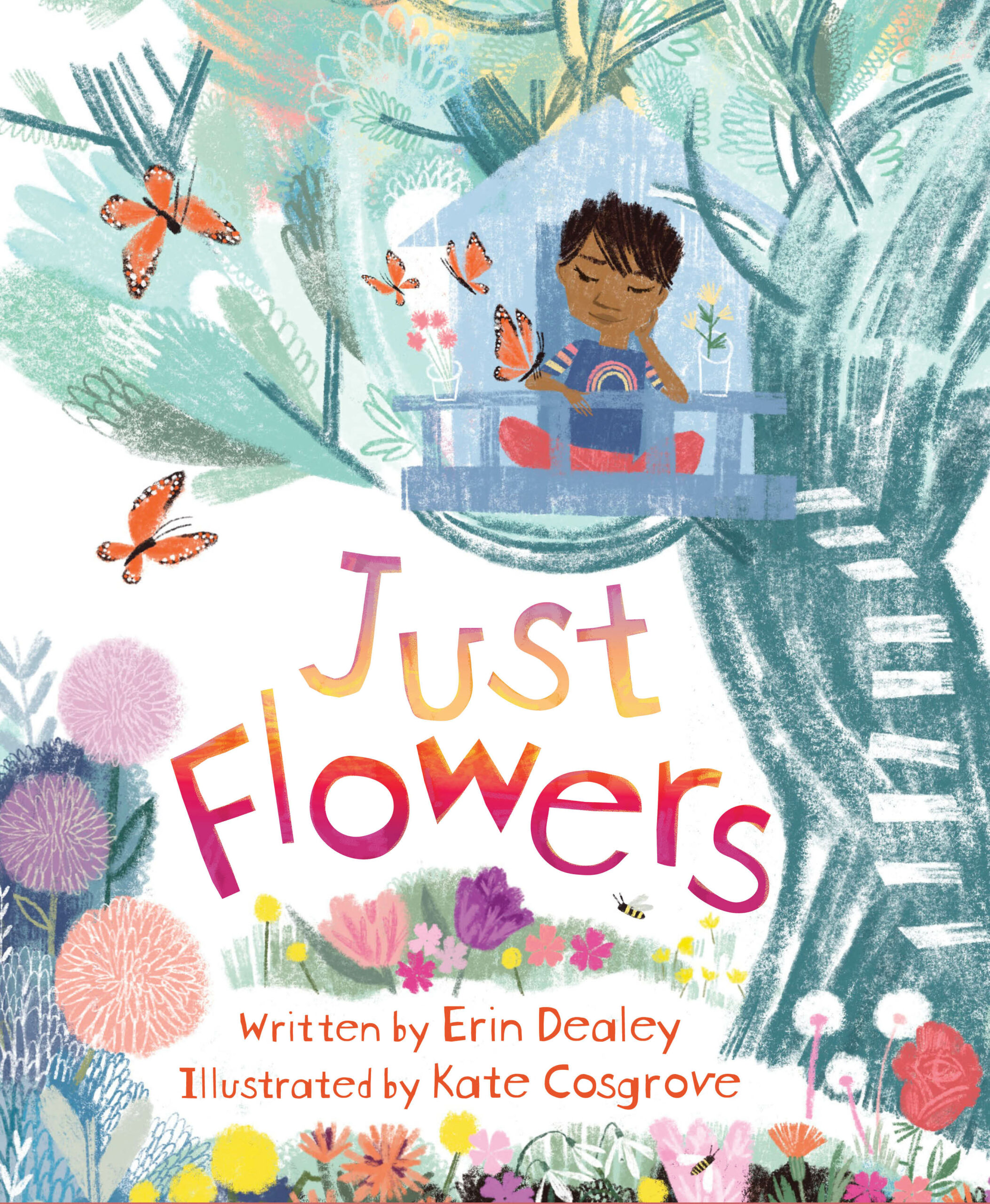
These botanical discoveries as well as the backmatter in our book can inspire numerous #STEM extensions for your class. But here’s another #STEM connection between flowers and math that you can turn into poetry.
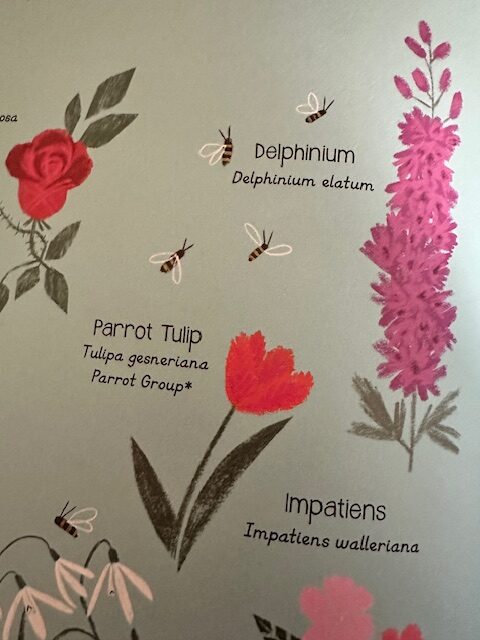

What do flowers have to do with math?
If you study a wide range of flowers, you’ll find that many have an odd number of petals, and certain numbers such as 5 and 13 tend to come up more often than others. Hmmm…. These numbers are part of the Fibonacci sequence.
The Fibonacci number sequence is found everywhere in nature—even flowers.
It’s formed by adding two successive numbers to get to the next.
For example,
0 and 1 = 1.
Then add 1 and 1 = 2
Add 1 and 2 = 3.
Then add 2 and 3 = 5
Add 3 and 5 =8
and so on.
Activity 1: Calculate what numbers come next in the pattern above
(Answer: If you came up with the numbers 13, 21, 34, and 55, bravo!)
Activity 2: Fibonacci hunt
Are there flowers growing near you? Gently count their petals. Graph the number of petals you find.
Activity 3: Write a Fibonacci poem
This poetic form was created by my kidlit friend Gregory K. Pincus, but there are many variations. Like haiku, a Fibonacci poem is based on syllables, the number of beats in a word.
Try writing a poem that follows the Fibonacci sequence for syllable count per line.
| For a 5-line poem that means | My example |
|---|---|
| 1 syllable for first line | A |
| 2 syllables for the second line | Poem |
| 3 syllables for third | For Ms. Zapp |
| 5 syllables for fourth | You’re the BEST teacher |
| 8 syllables for fifth | Thank you for making learning fun! |
Your turn
You can choose to write a longer poem if you want. Use the Fibonacci sequence as your guide.
Variation: In the spirit of Izzy’s random acts of kindness, write your poem to someone in the community or at your school who deserves a lovely Thank You.
Activity 4: Share
Read your poems aloud to the class OR deliver the poem to the person your poem is about.
Poems, like flowers, are a great way to thank people.
Featured image credit: “Fibonacci sequence layout at it’s best! / Séquence Fibonacci a son meilleur” by Acadie67 is licensed under CC BY-NC-ND 2.0.
Erin Dealey is a blogger, playwright, screenwriter, and author of 20 children’s books (so far). Dealey’s original career goal was Olympic Gold Medal tetherball player. When that didn’t pan out, she became a teacher, theater director, actor, mom, and author. She lives in northern California with her husband and welcomes any opportunity to visit schools around the world. You can find her online at erindealey.com and on TwitterX @ErinDealey & Instagram @ErinDealey.





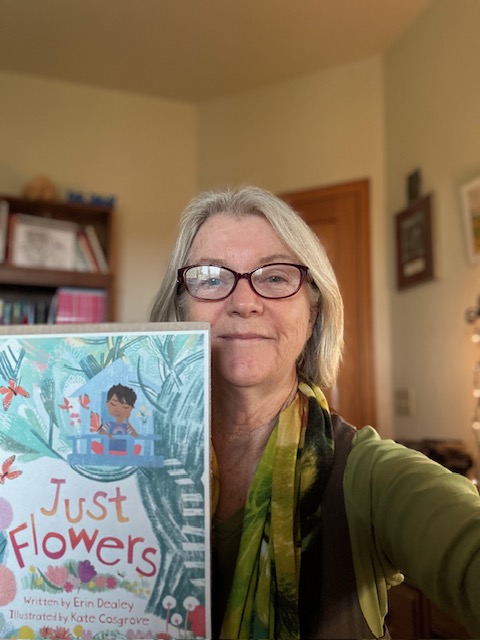

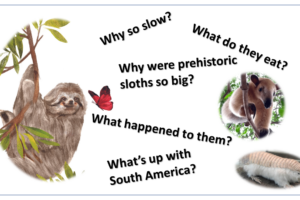



Leave a Reply
Your email is safe with me.